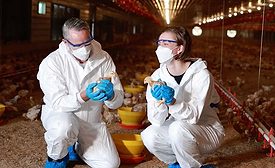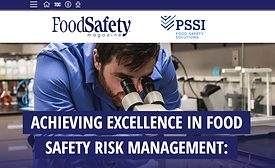Home » Salmonella
Articles Tagged with ''Salmonella''
Sponsored Content
eBook | Achieving Excellence in Food Safety Risk Management: Tackling Chemical and Microbiological Threats
June 20, 2024
Never miss the latest news and trends driving the food safety industry
eNewsletter | Website | eMagazine
JOIN TODAY!Copyright ©2025. All Rights Reserved BNP Media.
Design, CMS, Hosting & Web Development :: ePublishing












